LVL research
Think Wood Research Library
Learn MoreThe fabrication, uses, performance and sustainability of laminated veneer lumber (LVL).
LVL is part of a family of products, structural composite lumber (SCL), that are made of dried and graded wood veneers, strands or flakes that are layered upon one another and bonded together with a moisture resistant adhesive into large blocks known as billets. Other products in this group include laminated strand lumber (LSL) and parallel strand lumber (PSL). In the case of LVL, veneers are bonded together under heat and pressure.
LVL is suitable for use as beams, trusses, planks and rafters. When cross-bonded for increased stiffness it can be used to form wall and floor panels with load-bearing capacity. While frequently used solely as a concealed structural component of a building, finished appearance grades are also used.
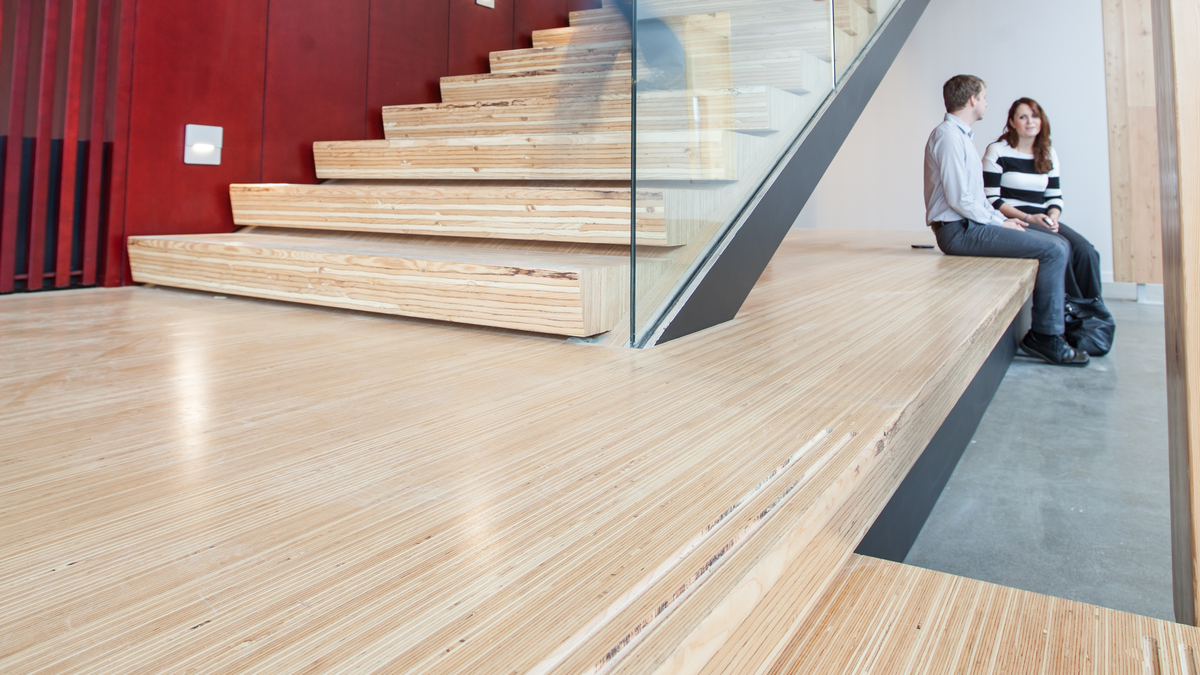
LVL is made from rotary-peeled veneers that are bonded together under heat and pressure into large panels that are cut into range of widths. Phenol-formaldehyde resins provide waterproof bonds. A diverse range of species can be used to produce LVL—such as Douglas-fir, larch, pine and spruce—to produce members that are beyond conventional lumber lengths. Typically, LVL veneers are oriented in the same direction.

Advancing the use of mass timber supports new jobs and long-term investments in value-added manufacturing, green building, and forest sector diversification. This collection of key resources helps to both show and tell how BC is leveraging the mass timber movement to help deliver more value out of BC’s forests.
LVL is permitted and is safe to be exposed in accordance with building codes, as its large mass provides inherent resistance to fire. LVL, like other mass timber products, naturally resists fire because it chars. In the event of a fire, this char on the outside forms a protective layer while retaining strength. This slows combustion significantly, allowing time to evacuate the building safely.
In fire testing of LVL (along with LSL and PSL) the char rate for composite lumber products was comparable to those of solid-sawn lumber and within the range previously found for different species of solid-sawn lumber.
Mass timber’s fire safety is backed up by rigorous fire testing in Canada and around the world.
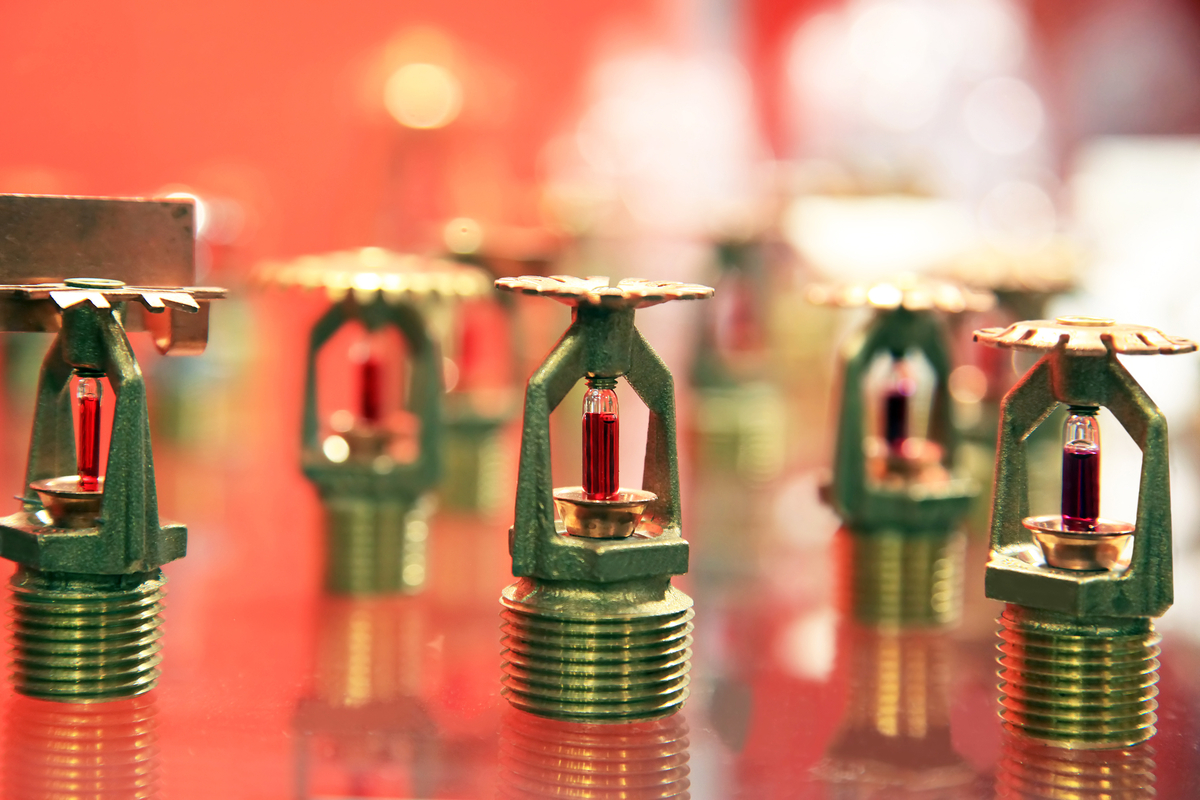
Similar to other wood products, LVL will not rot or acquire mold when designed and installed correctly. Exposure to water should be avoided during and after construction. Sealing the ends and edges of LVL will help ensure resistance to moisture penetration. Long-term exposure will require preservative treatment and finishing with a protective coating. Following best practices for managing moisture in wood construction will safeguard the product from damage or decay.
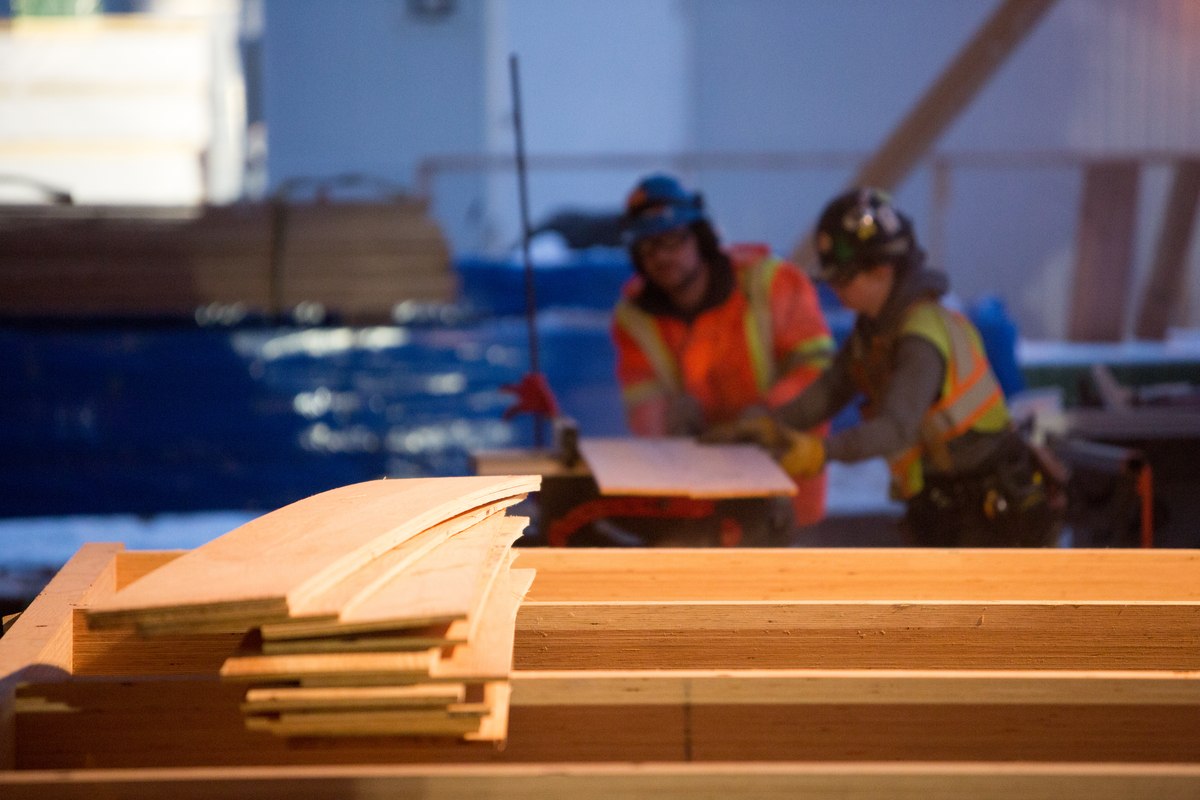
The all-wood Zeballos elementary and secondary school shows how traditional light wood-frame construction can deliver a welcoming and attractive institutional design with economy. The school’s roof was constructed with light gauge engineered roof trusses, supported on LVL stud walls.
LVL is a solid, highly predictable, uniform wood product and can be made from fast-growing trees not suitable for conventional solid-sawn lumber. Its consistency in quality streamlines construction and reduces waste on the jobsite. Many species can be used interchangeably without impacting performance. This efficient use of wood fibre adds to its ecofriendly benefits and makes it an attractive alternative to more carbon intensive materials. Like most wood products, it is well-suited to prefabrication. As an engineered product, LVL is less prone to shrinkage or warping and is able to span longer distances and support heavier loads than conventional lumber.

With the province of British Columbia recognized as a global leader in sustainable forest management, you can specify BC forest products with confidence. Connect with suppliers of laminated veneer lumber today.

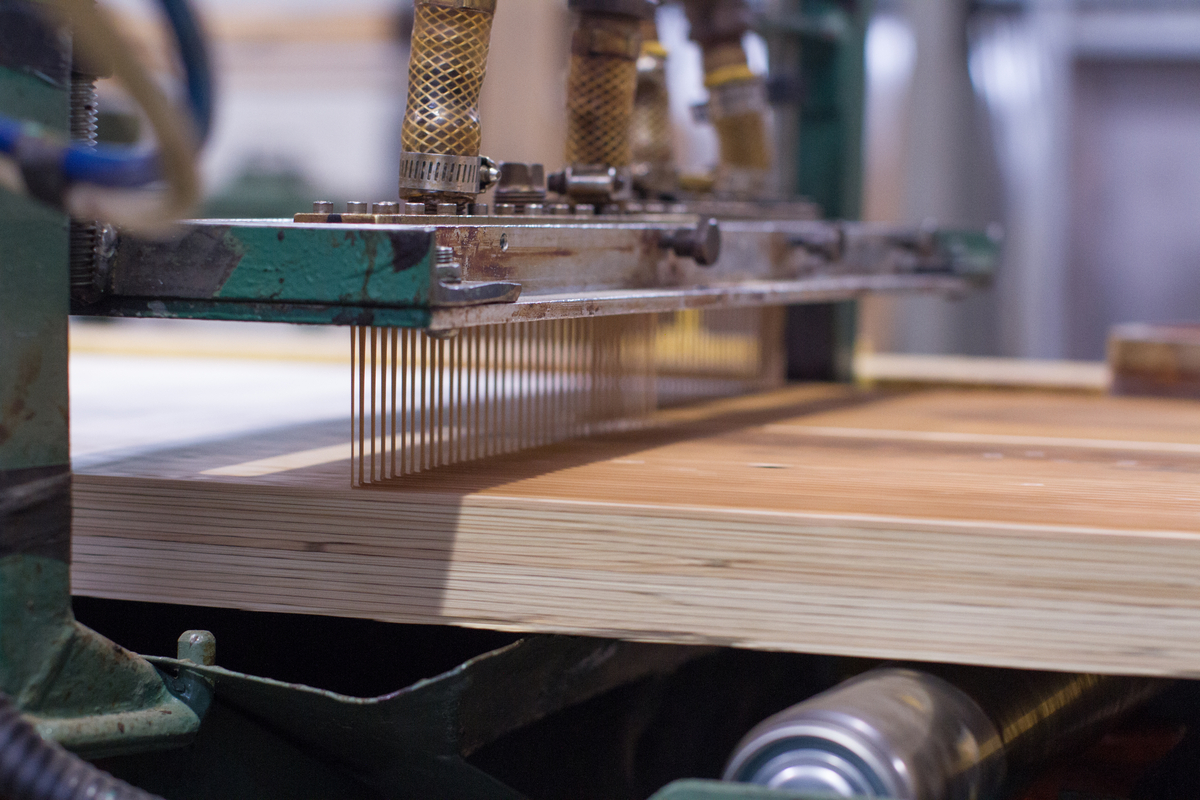
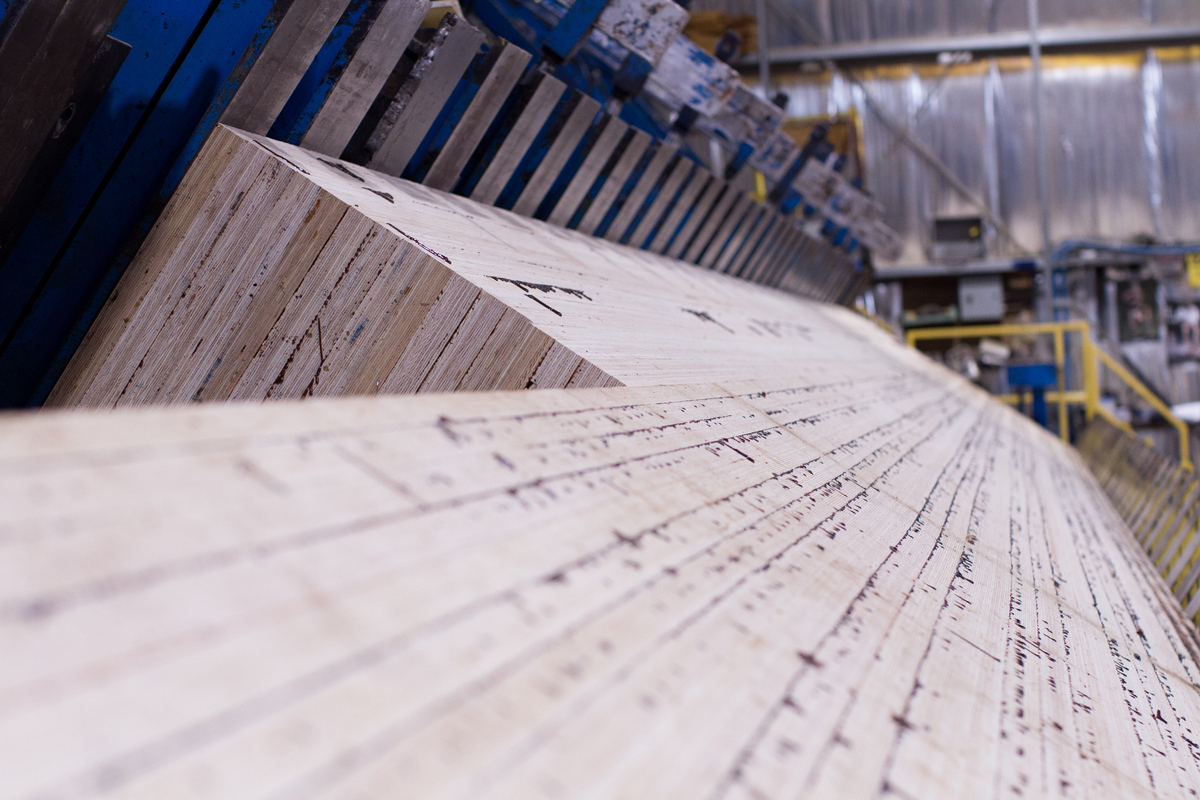
Subscribe for the latest wood projects, developments, tools and research.